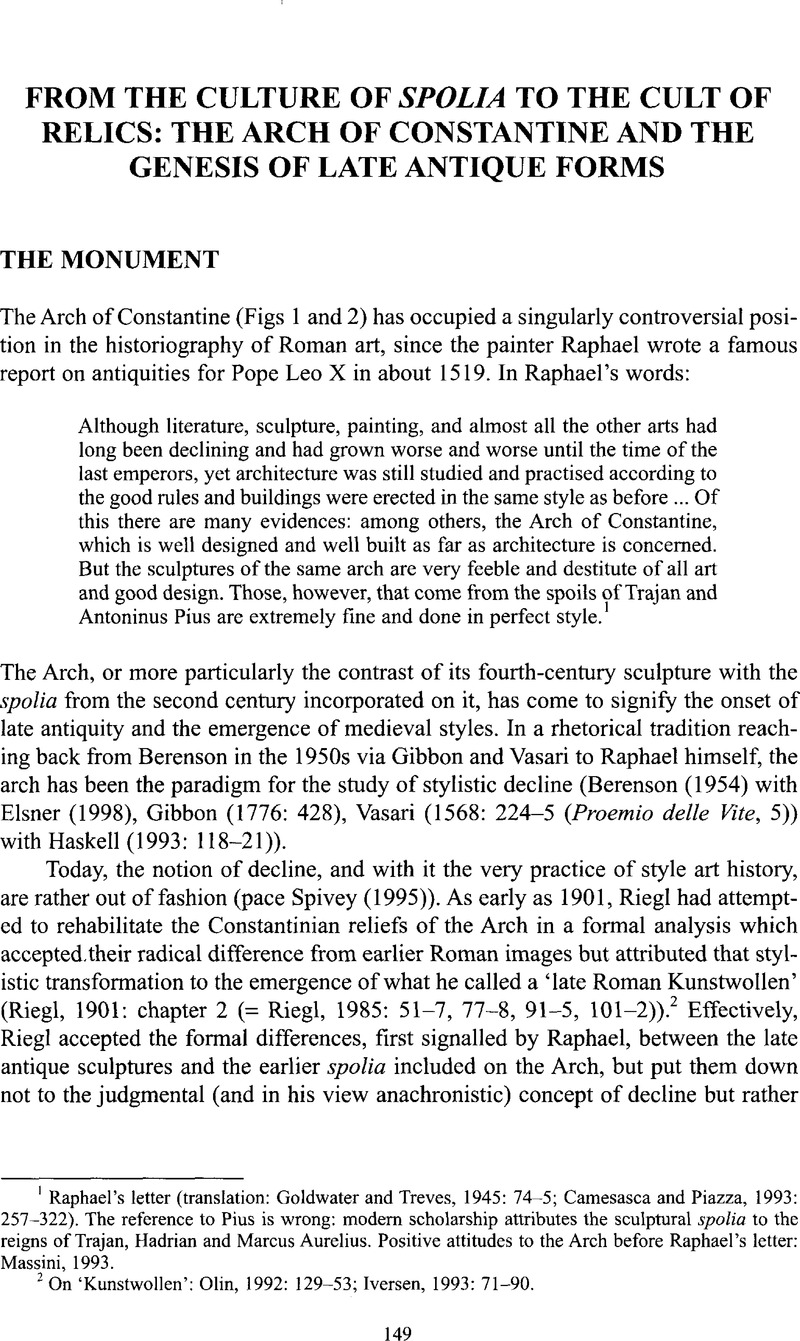Crossref Citations
This article has been cited by the following publications. This list is generated based on data provided by Crossref.
Bowman, Alan K.
2005.
The Cambridge Ancient History.
p.
67.
Fowden, Garth
2005.
The Cambridge Ancient History.
p.
553.
Fowden, Garth
2005.
The Cambridge Ancient History.
p.
538.
Edwards, Mark
2005.
The Cambridge Ancient History.
p.
573.
Cameron, Averil
2005.
The Cambridge Ancient History.
p.
90.
Fowden, Garth
2005.
The Cambridge Ancient History.
p.
521.
Drinkwater, John
2005.
The Cambridge Ancient History.
p.
28.
Huskinson, Janet
2005.
The Cambridge Ancient History.
p.
672.
Clarke, Graeme
2005.
The Cambridge Ancient History.
p.
589.
Campbell, Brian
2005.
The Cambridge Ancient History.
p.
1.
Lange, Carsten Hjort
2013.
Triumph and civil war in the late Republic.
Papers of the British School at Rome,
Vol. 81,
Issue. ,
p.
67.
O’Brien, Peter
2013.
Vetranio's revenge? The rhetorical prowess of Ammianus' Constantius.
Dialogues d'histoire ancienne,
Vol. S 8,
Issue. Supplement8,
p.
221.
Jeffreys, E.
2014.
We need to talk about Byzantium: or, Byzantium, its reception of the classical world as discussed in current scholarship, and should classicists pay attention?.
Classical Receptions Journal,
Vol. 6,
Issue. 1,
p.
158.
Bravi, Alessandra
2015.
A Companion to Roman Art.
p.
130.
Głowa, Anna
2015.
Spolia w budowlach konstantyńskich. Dekadencja, innowacja czy kontynuacja tradycji?.
Vox Patrum,
Vol. 64,
Issue. ,
p.
131.
Hui, Andrew
2015.
The Birth of Ruins in Quattrocento Adoration Paintings.
I Tatti Studies in the Italian Renaissance,
Vol. 18,
Issue. 2,
p.
319.
Squire, Michael
2016.
‘HOW TO READ A ROMAN PORTRAIT’? OPTATIAN PORFYRY, CONSTANTINE AND THEVVLTVS AVGVSTI.
Papers of the British School at Rome,
Vol. 84,
Issue. ,
p.
179.
Finn, Jennifer
2018.
The Center of the Earth in Ancient Thought.
Journal of Ancient Near Eastern History,
Vol. 4,
Issue. 1-2,
p.
177.
Knappett, Carl
2020.
Aegean Bronze Age Art.
Cooper, Kate
and
Wood, Jamie
2020.
Social Control in Late Antiquity.





